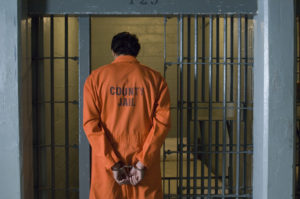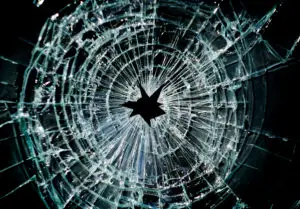What is criminology all about? What is the nature and scope of criminology, and what is a good definition of criminology?
Criminology is the scientific study of:
- the extent and nature of crime: How much crime is there in our society? What crime types are there?
- the causes of crime: Why do offenders commit crime?
- the consequences of crime: This includes the impact of crime on victims and on society
- reactions to crime by the criminal justice system (such as the police, courts, and prisons)
- the prevention of crime
The Extent and Nature of Crime
“Crime” consists of different subtypes of criminal behavior. The type of crime that are most often thought of include violent crime (such as assault and robbery), property crime (such as burglary and theft), and sex crimes (rape, harassment). But white collar crimes (including for example tax fraud), crimes against the environment (such as poaching and pollution), and international crimes like genocide also fall under the umbrella of crime and criminology.
The Causes of Crime
Why do some people commit crime and why do others not commit crime? Why does crime happen at some places and not at others? One of the most often studied area in criminology is without a doubt the causes of crime. Several criminology theories have been proposed to explain crime.
The criminology theories chart below shows a brief overview of the most often used explanations for crime. If you’re interested in receiving a pdf of the chart, you can sign up as a member for free and get instant access here.

Criminology Theories Chart
If you’re interested in learning more about the causes of crime, I’ll soon be launching an online course.
The Consequences of Crime

Crime affects a large number of people. Offenders, and the reasons why they commit crime, often receive the bulk of the attention, but many more people are involved in one way or another.
The victims of crime can experience a range of consequences, including potential injuries, psychological consequences (such as depression and anxiety), inability to work or pursue other activities, and financial damages among others. You can read stories from victims here.
Besides the victims, the people around them (such as their families), entire communities and even society as a whole are affected by crime.
Reactions to Crime

This sub-area of criminology covers responses to crime by law enforcement. For example, it covers the police, and how they handle crime, the practices that they use, the decisions that they make while they’re doing their job, and the way in which they treat offenders. It also looks at the way in which courts sentence offenders, how judges make decisions and process cases, and whether and how different offenders are treated in the same way. Finally, this field focuses on different types of punishment (penology), on the aftermath of imprisonment (such as parole and probation), and also on prison life, like on prison practices and how inmates experience day to day life in prison.
The Prevention Of Crime
Knowledge about the causes of crime can be used to prevent crime and criminal behavior. There are many ways that claim to prevent crime. Some of these may be effective whereas other aren’t. In order to know whether a particular program or policy change is effective in reducing crime, the most robust methods that can be used are experiments. These can show whether it is worth investing in a particular program of policy initiative, or whether attention should be focused elsewhere.
Societies of Criminology
If you’re interested in learning more about criminology and what it is, there are several criminological societies that bring together researchers, students, and practitioners, for example by organizing annual conferences and by publishing journals and newsletters about crime and criminal justice. They are organized by country or region, but all include international members as well. Here is a list of the largest societies:
- The American Society of Criminology (ASC) was originally founded in 1941 and currently has around 3,300 members internationally. Its flagship journal is “Criminology.”
- Established in 1963, the Academy of Criminal Justice Sciences (ACJS) has approximately 2,800 members internationally. ACJS publishes a number of journals, include “Justice Quarterly.”
- The European Society of Criminology (ESC) was founded in 2000 and has around 1,170 members. The journal of the ESC is the “European Journal of Criminology.”
- The origins of the British Society of Criminology (BSC) date back to 1931. It’s flagship journal is “The British Journal of Criminology.”
- Established in 2009, the Asian Criminological Society (ACS) publishes the “Asian Journal of Criminology.”
- The Australian and New Zealand Society of Criminology publishes the “Australian and New Zealand Journal of Criminology.”

